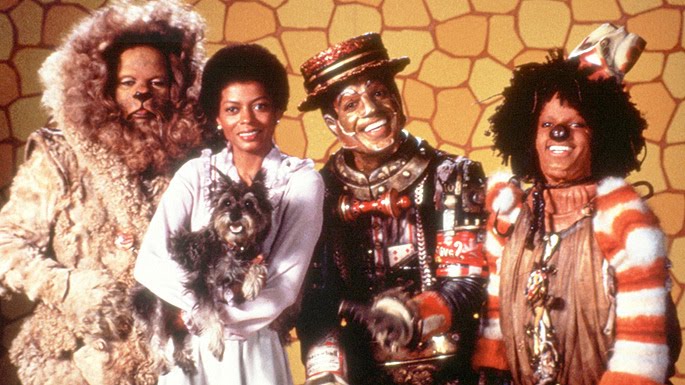
The term ‘unusual’ is often vaguely used, especially when it comes to a work of art. Whatever seems to be out of the ordinary and whatever plays with our imagination by taking it out of its comfort zone is immediately labeled as unusual, weird or ‘interesting’ (a regularly used term for describing something we can’t quite understand or explain to someone else).
What is, actually, unusual? Anything that doesn’t follow a certain set of ‘rules’ and principles that are to be acknowledged and perceived in the every-day life.
A so called ‘unusual’ film is, nowadays, a film that clearly addresses to a niche audience by using different aesthetics or narrative structures than most blockbusters and Hollywood productions. It is probably, mostly, about authorial perspectives that make the spectator participate to a strong, subjective perception towards the presented reality.
Unusual film adaptations are those films that include a bit more of authorial perspective than faithful adaptations. Those who direct these kind of ‘book to film’ adaptations are not very concerned in creating faithful, ‘realistic’ perspectives of the literary works. They are more interested in expressing their own perspectives on the literary works.
1. Alice by Jan Švankmajer (1988)
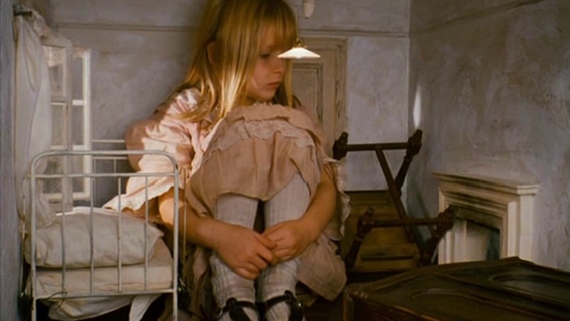
Lewis Carroll’s Alice’s Adventures in Wonderland is probably one of the most popular children’s books ever to be written. It’s not only because of the amazing story of the little girl that falls down the rabbit hole discovering a whole new world inhabited by all sorts of animals, but also because it had a strong influence on the fantasy genre.
There have been numerous adaptations of Carroll’s novel – from animated films to pornographic representations that could be easily integrated in this list. Czech filmmaker Jan Švankmajer uses surrealist techniques in order to create a very specific and ‘out of the ordinary’ universe for Alice.
First of all, in Švankmajer’s film everything is artificial: the setting seems to be made out of old tools from a workshop and even Alice’s body is transformed into a puppet when she shrinks. The characters don’t talk, as most of them are represented by puppets. Alice (Kristýna Kohoutová) is the only living being who talks for them and she also plays the role of the narrator.
Although Alice appears long after the end of the Czechoslovak New Wave, the film is obviously influenced by some of the current’s aesthetics. Surrealistic concepts combined with a rudimentary hand-made setting are elements that can be found in some of the most influential Czechoslovak directors like Věra Chytilová or Jaromil Jireš.
2. La Bête by Walerian Borowczyk (1975)
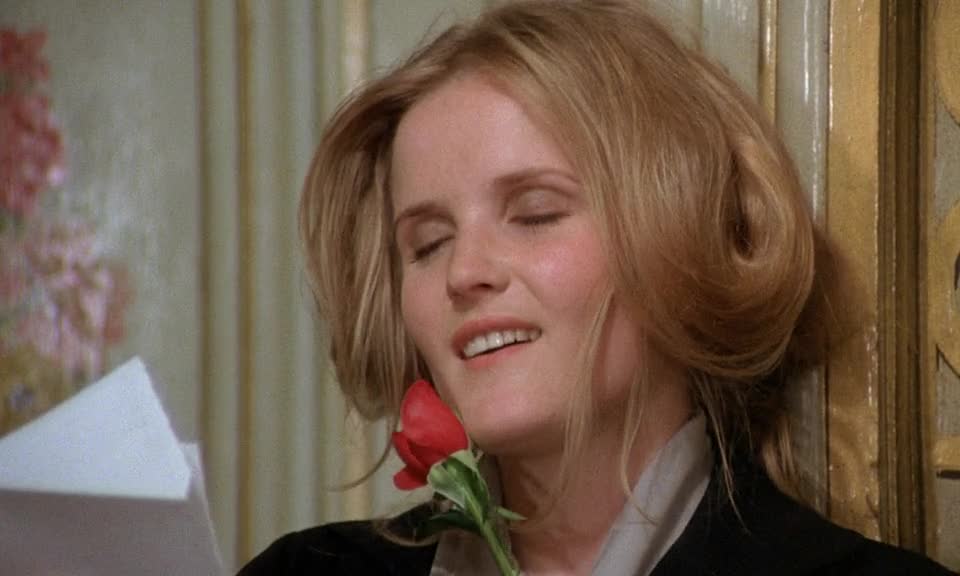
Alice’s Adventures in Wonderland is not the only fantastic children’s story that pushed directors’ imaginative boundaries to the extreme. Almost all stories that are meant to be addressed especially to children are often charged with an amount of metaphors that leave room for a lot of interpretation.
Borowczyk’s adaptation of Gabrielle-Suzanne Barbot de Villeneuve’s The Beauty and the Beast is one of those challenging and daring rewritings that are not faithful to the original narrative, but this is really not the point.
The Polish director focuses on young Lucy’s fantasies that include bestiality, first in the form of rape and later in the form of sexual desire towards a beast. She (Lisbeth Hummel) is meant to marry Mathurin (Pierre Benedetti), a rich family’s son who she barely knows.
Being fascinated about a legend that tells there’s a beast living in the nearby forests, she begins dreaming and fantasizing about meeting it in the wilderness. Fantasy and reality somehow overlap at the end, but what really remains are the strong and disturbing images of uncensored sexuality between the girl and the beast.
3. 10 Things I Hate about You by Gil Junger
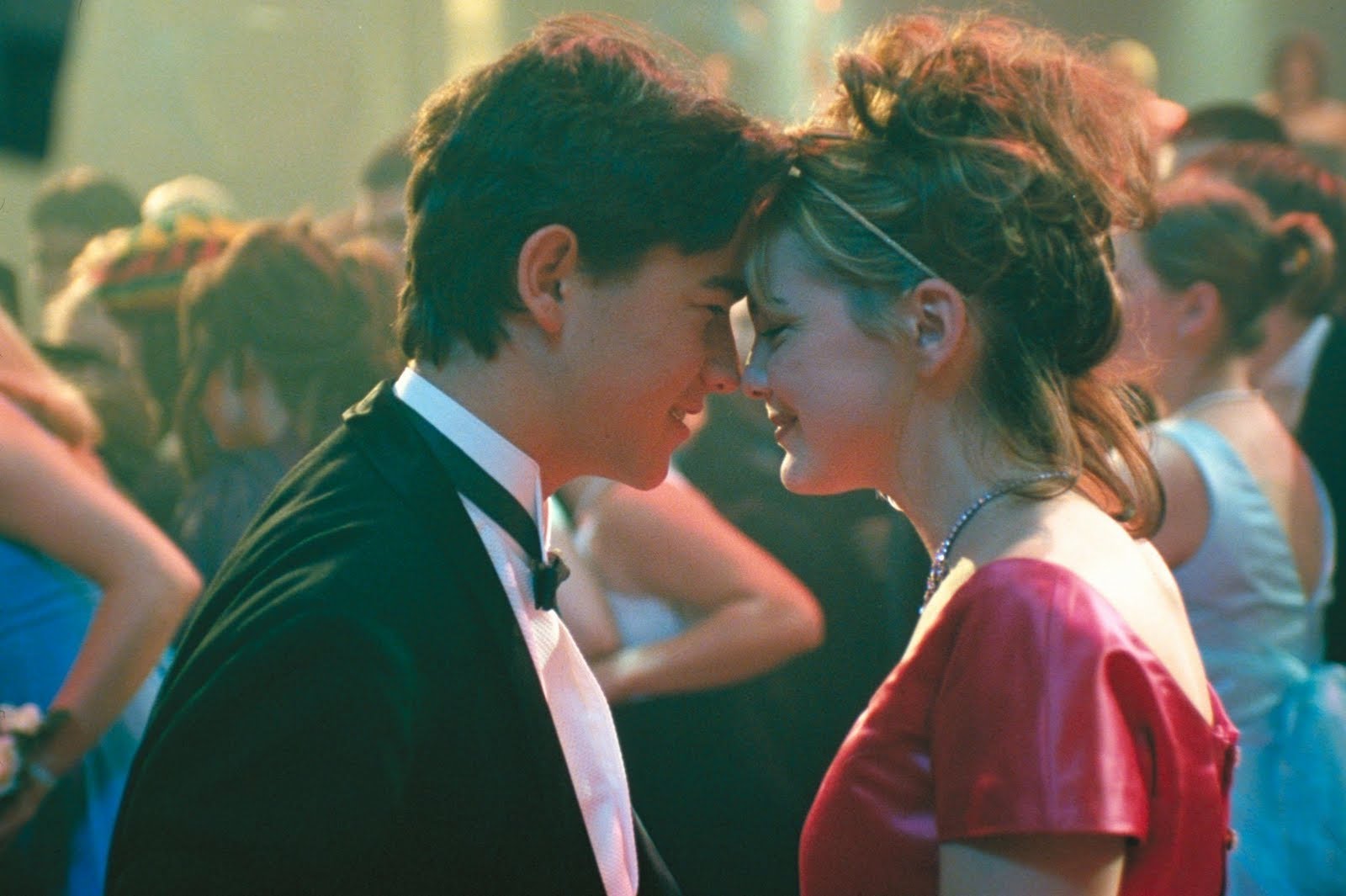
William Shakespeare is probably in the top five of the most adapted authors of all times. Those who know a little something about adaptations can make the difference between a faithful adaptation and a modernization. Junger’s 1999 romantic comedy manages to revive Shakespeare’s 16th century Taming of the Shrew by placing the characters in a typical American high-school setting.
The complex plot proposed by Shakespeare is, at some level, maintained by the American director. However, he reduces the subplots.
The story focuses on the attempts of Patrick Verona (Heath Ledger) to seduce feminist and ‘shrew-ish’ Kat (Julia Stiles). Her younger sister, Bianca (Larisa Oleynik), will only be allowed to date when Kat will date, as their domineering and paranoid father wants to keep them safe.
Of course, being a modernization of the well-known comedy, there are rock concerts, fashionable convertibles and American house parties that create a very specific 90’s atmosphere.
Even some of the characters’ problematics are transformed into much plausible ones for these times: Kat’s and Bianca’s father wouldn’t allow them to go out because of his perpetual fear that the girls could get pregnant.
4. The Great Gatsby by Baz Luhrmann
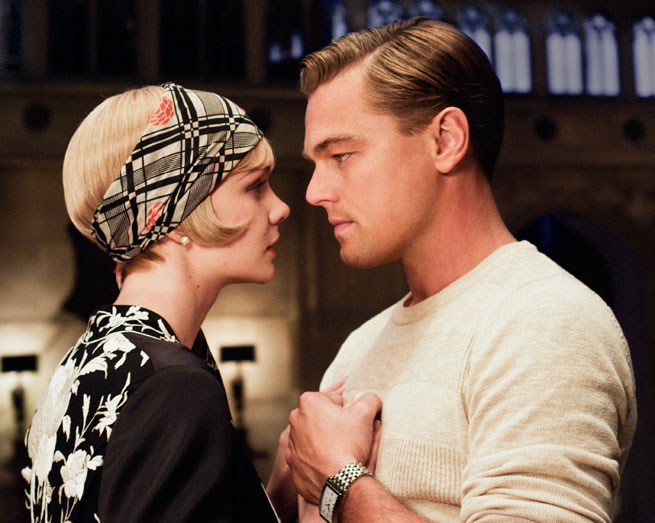
As everyone knows, the Jazz Age was probably one of the most extravagant periods in the history. Whenever someone would read one of Fitzgerald’s works, there should be a saxophone playing somewhere in the background and a cloud of smoke in the room. Luhrmann’s vision of how Gatsby’s world should/would be seems a little shallow and artificial at the beginning. However, isn’t that the way Gatsby builds it himself?
‘Manic’ readers tend to have some kind of repulsion or skepticism towards adaptations, especially when it comes to a nowadays film adaptation of a classical literary work that has an incontestable value. That’s why Luhrmann’s choice to make The Great Gatsby in 3-D created some controversy around the movie in 2013. But it was mostly about the music and the…glitter.
Most fans of Fitzgerald’s work could probably never get accustomed to Beyoncé’s, Jay-Z’s or Lana del Rey’s hits fitting into the atmosphere of a 1922’s party.
However, Luhrmann’s extraordinary sense of ‘building’ a party with all its necessary elements seems to somehow make every ‘misplaced’ element just naturally fit in: amazing visuals (the camera movement, the lights and the colors he uses) and a very cool soundtrack that represents nowadays extravagance and also proves that some music can fit in any period of time.
5. Anna Karenina by Joe Wright
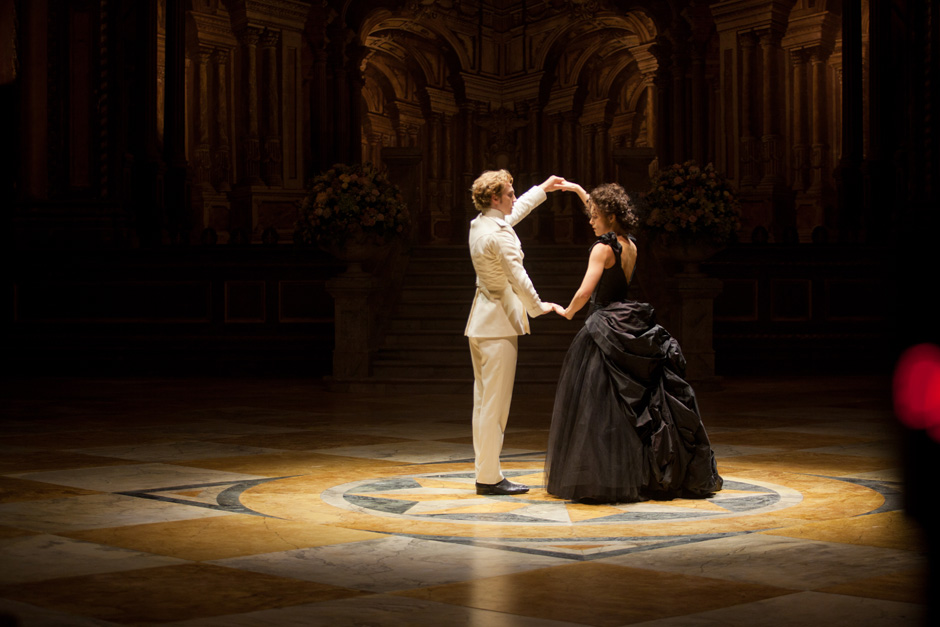
You could say that Wright’s 2012 adaptation of one of the most important Russian novels of all times (Leo Tolstoy’s Anna Karenina) is, in some way, as faithful as it can be. The film follows the main plotline, even takes good care of the secondary characters. However, there’s something ‘unusual’ about this adaptation.
Wright’s fetish-actress Keira Knightely is probably one of the best contemporary actresses to interpret Anna Karenina’s tragic character and, in fact, all actors seem to have been born for some of the parts in this movie (Aaron Taylor-Johnson as the charismatics and handsome Count Vronsky or Jude Law as sober, preoccupied and principled Count Alexei Karenin). However, the costumes, the colors, the music and – most of all – the scenography create a totally different atmosphere than the one the Russian novelist had built.
First of all, the décor is often theatrical: the spectator feels as if he’s watching a play with a great number of settings that change during it, right in front of his eyes. The long shots and the camera movement are choreographed in such a manner that the viewer follows all the relevant characters and their actions (even if they happen simultaneously). This is, probably, one of the most entertaining and attracting methods of transposing into images a novel with such complex characters and plot.